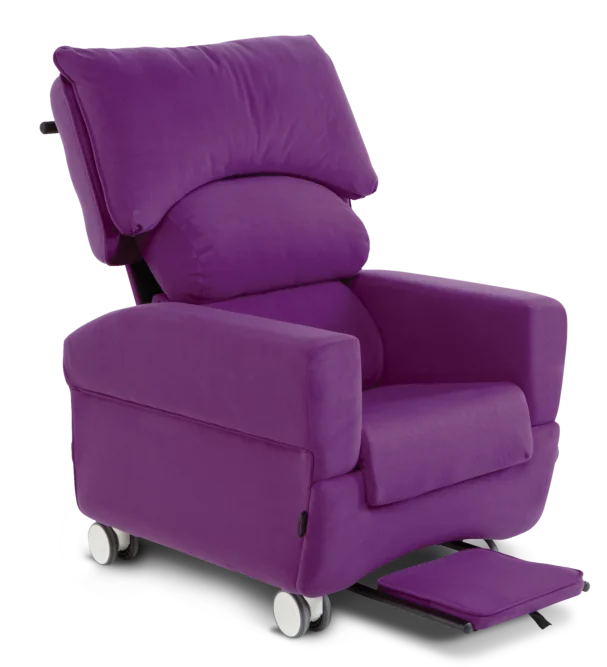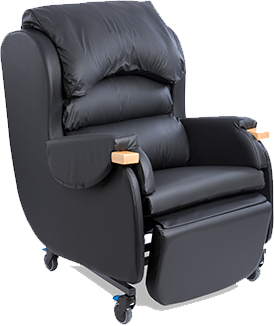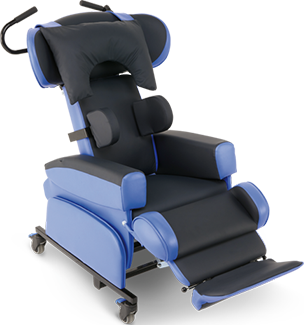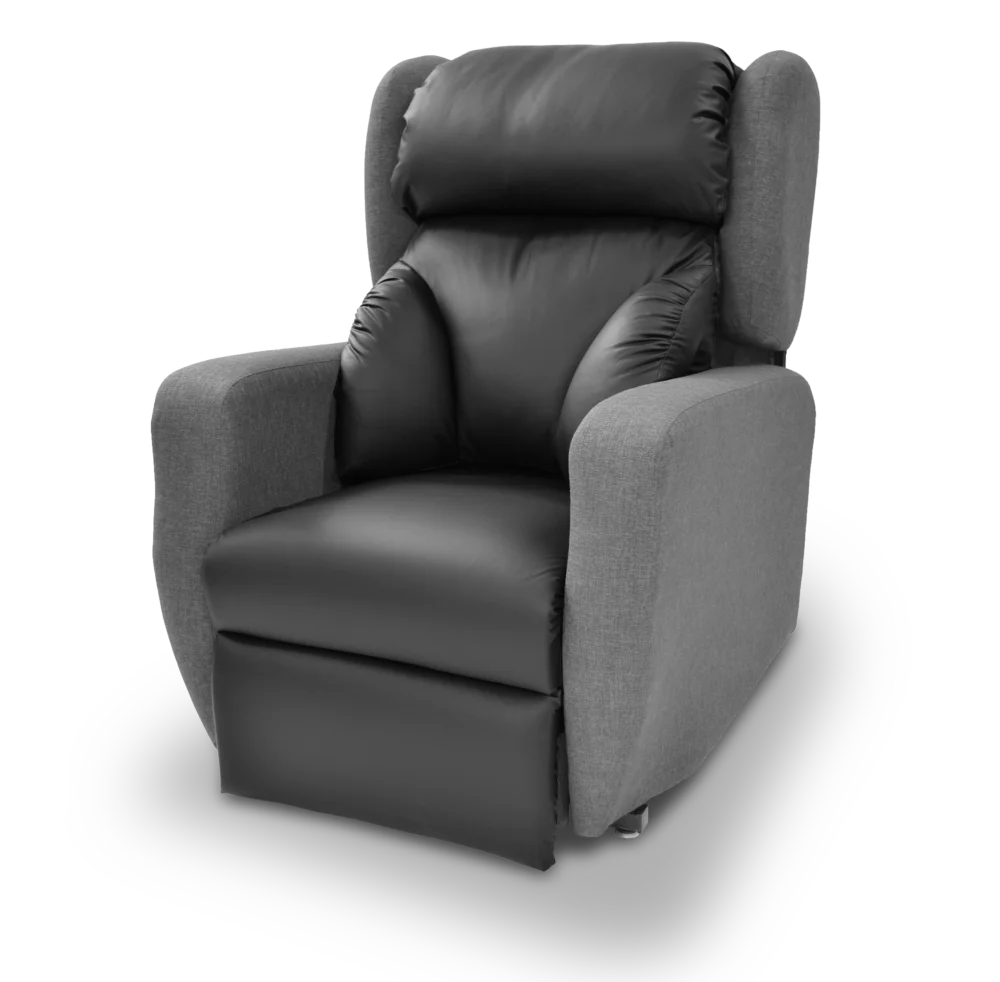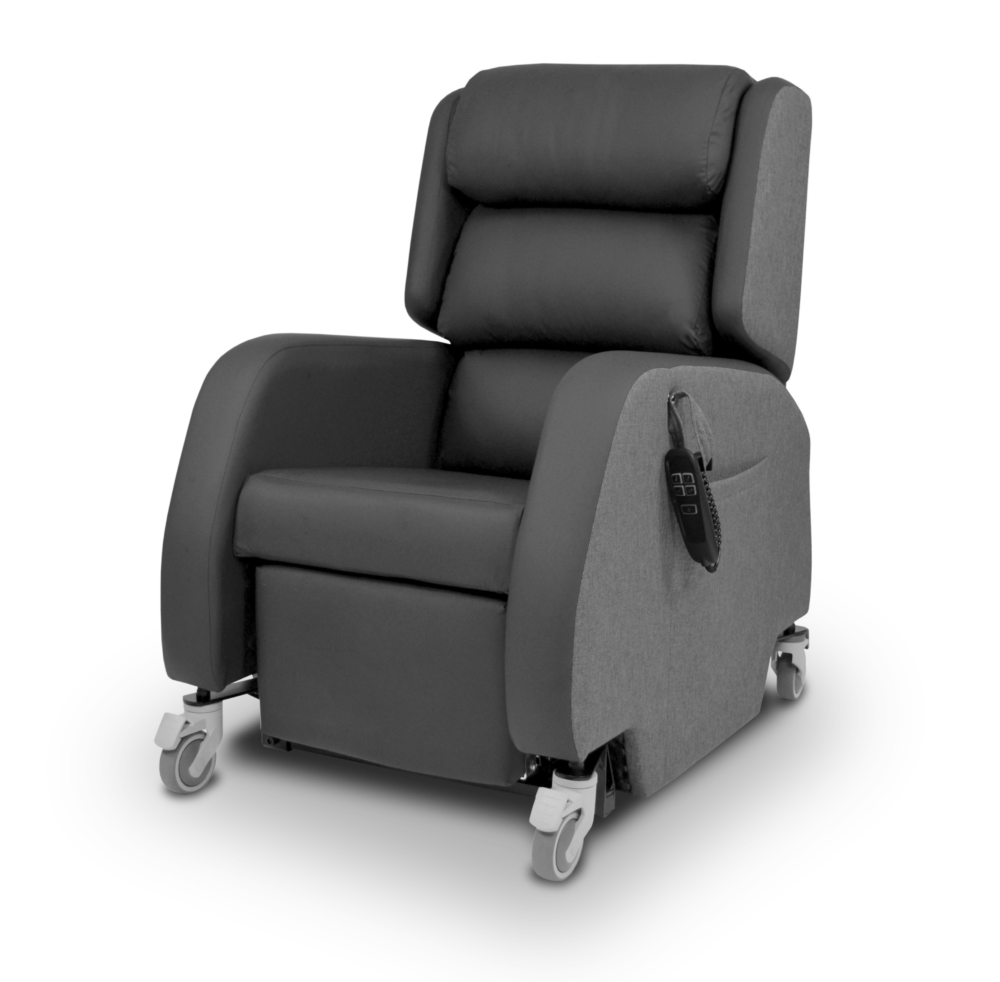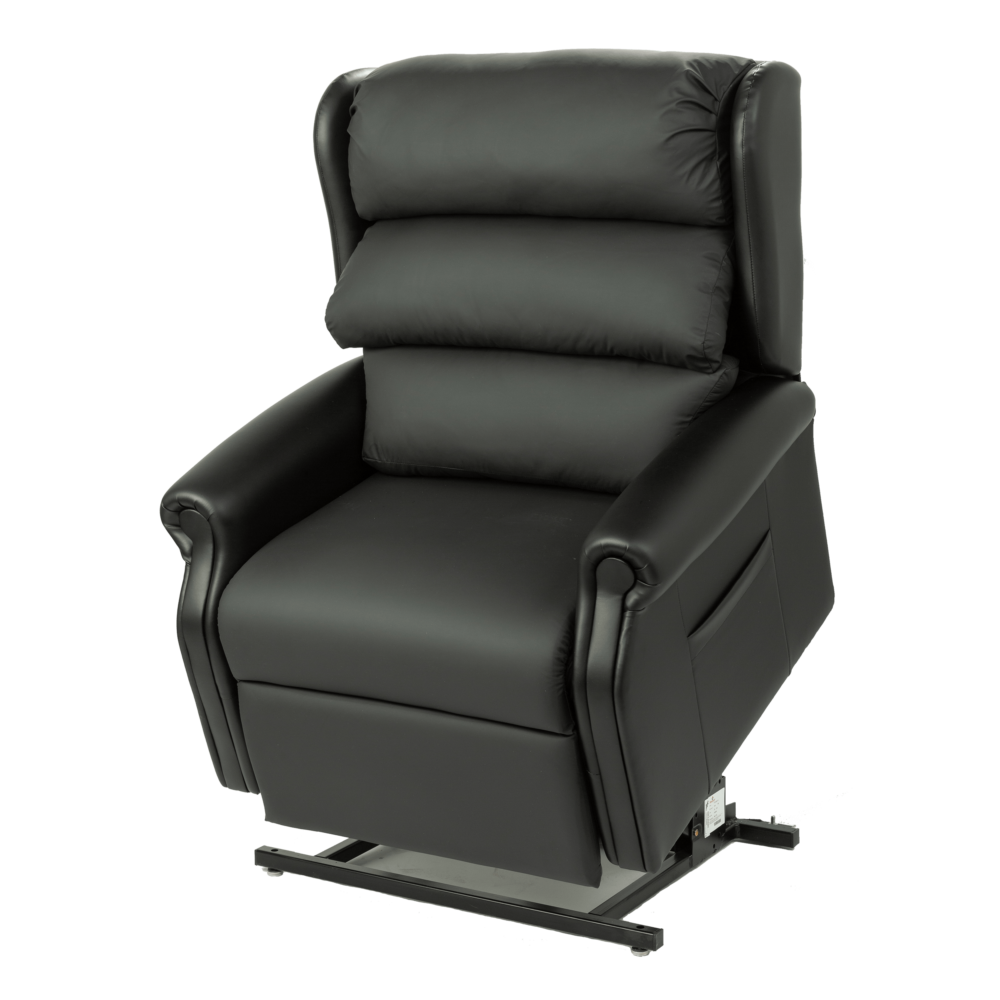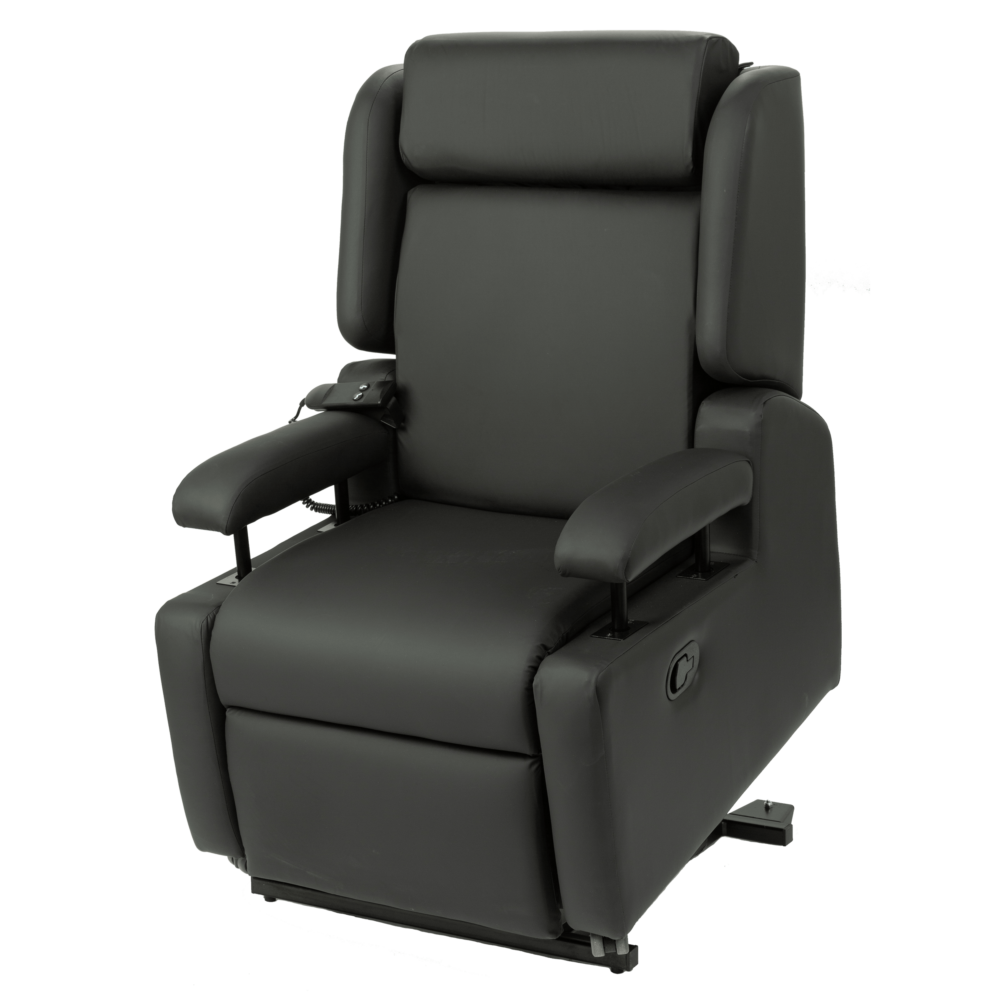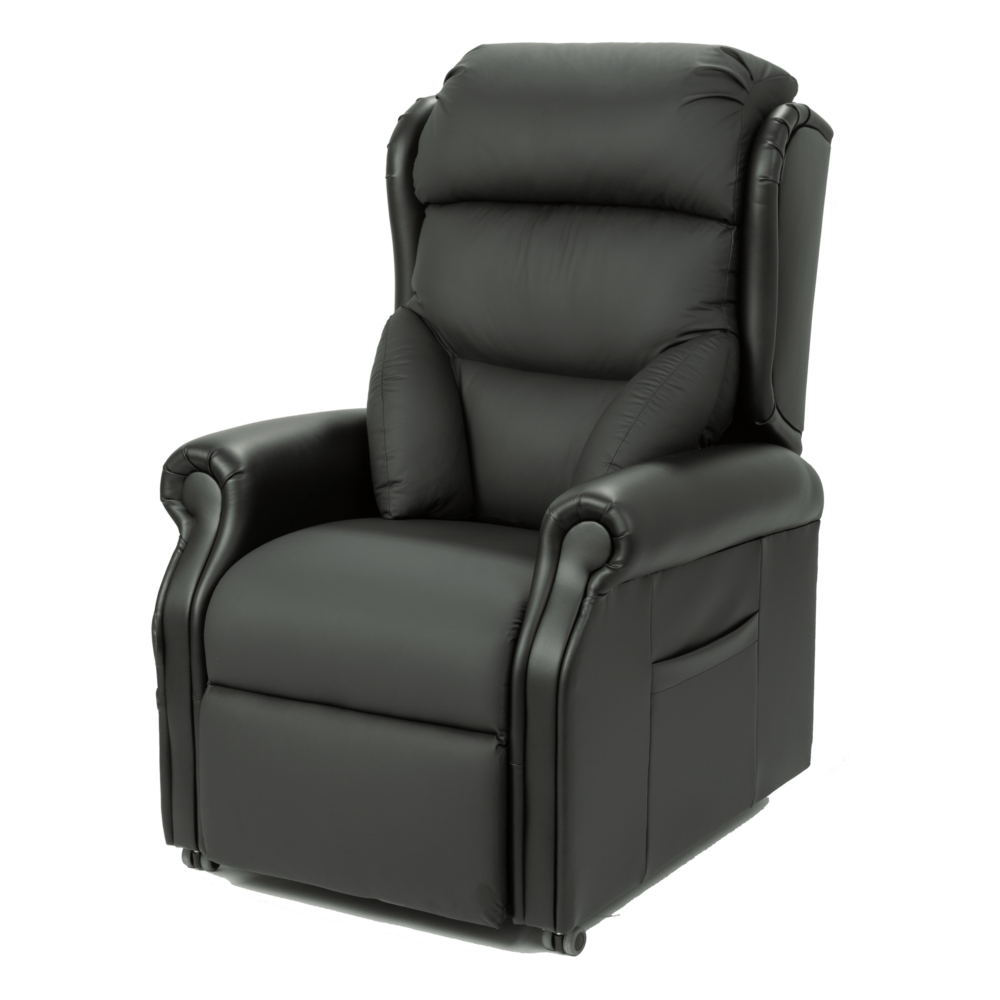Stop The Pressure
At CareFlex, we always take our responsibility as a medical devices manufacturer and an educational platform seriously, especially considering the impact specialist seating can have on quality of life. Which is why we want to do our part in raising awareness of the importance of postural care and its ability to support individuals holistically by highlighting the inextricable link between pressure and posture.
Body posture and positioning have a direct influence on the pressure going through specific body sites1. When an individual is sitting, pressure is exerted through their skin onto the soft tissues. If they are not appropriately supported, in an upright stable position, or if they cannot reposition themselves, this pressure can result in poor blood flow causing direct damage to cells. The body can only withstand high interface pressures for a very short period, and when the pressure is not regularly relieved pressure ulcers can develop2. Damage to tissues can also result from friction and/or shear forces when a person slumps in a chair, as observed in those with reduced postural control, pelvic instability, or generalised weakness.
Even if an individual can achieve the gold standard 90-90-90 sitting position, their weight distribution is as follows3:
- Through the buttocks & thighs: 75%
- Through the feet: 19%
- Through the arms rests: 2%
- Through the back: 4%
Putting this into practice, let us consider a 32-year-old gentleman with cerebral palsy who presents with hypertonicity, kyphoscoliosis, and pelvic obliquity. If his postural needs aren’t met, it could result in 96% of his body weight concentrated on one point of his pelvis with the potential for significantly high pressure over the ischial tuberosity. We cannot ignore the impact appropriate postural care can have on protecting the skin, the soft tissues beneath, and even bone.
Pressure injuries can develop in individuals who have difficulty managing their posture, who are unable to reposition independently, or who present with reduced sensation, but with the correct holistic support it should not be inevitable.
The impact of a pressure ulcer on a person is significant, with them being affected physically, psychologically, socially, emotionally, spiritually, and financially4. Pressure injuries in older persons are associated with a fivefold increase in mortality5. They can also result in longer lengths of stay in hospitals; in one study, adult patients who developed pressure injuries had an extended stay of over 4 days6, which can have a major impact on their health outcomes.
Quality of life is understandably reduced in those experiencing pressure ulcers; no person’s ability to live a fulfilling life should be impacted by a mostly preventable cause7.
A key intervention for prevention is pressure redistribution8; repositioning is believed to be one of the most effective methods for preventing skin damage1. Using an appropriate support surface is key to preventing and managing pressure ulcers as well as increasing patient comfort9; specialist seating systems aim to support these objectives.
A good practice statement10 by the EPUAP, NPIAP AND PPPIA international collaboration states that a seating support surface that meets the individual’s needs for pressure care by addressing their body size, posture, mobility, and lifestyle should be considered. A true holistic approach.
How Can CareFlex Specialist Seating Help?
A comprehensive assessment by skilled and experienced professionals will ensure that the chair dimensions are configured to the user and that the appropriate functions and accessories are provided. The aim is for initial weight distribution to be as equal as possible and for the optimum seated posture to be established to maximise the effects of regular repositioning, which can also be achieved through the chair’s functions and accessories:
- Integrated WaterCell Technology can provide a reliable and dynamic solution for individuals at risk of pressure injury. It will enable the user to achieve a stable and functional posture without compromising on pressure management and comfort.
- Adjustable seat depth and width, along with contoured seat options, can aid pelvic stability to reduce shear and friction forces and reduce the pressure over the sacrum and coccyx. Pelvic alignment can also encourage a symmetrical posture with equal weight distribution.
- Back support options, including waterfall, contoured and lateral supports, will encourage an upright trunk to further promote equal weight distribution.
- Footrests, with a range of cushion options, can also encourage equal weight distribution reducing the pressure at the heels.
- Armrests, with hand grip options, can aid repositioning and enable the user to stand.
- Tilt-in-space, where safe and appropriate, can be utilised to change the user’s centre of gravity and therefore alter the points of pressure. Research has suggested that tilt-in-space and back angle recline, when used in combination, can be effective in providing both muscle and skin perfusion at the ischial tuberosities11.
- Motorised actuation can allow the user to adjust chair functions independently. It can also assist the client’s support network with repositioning, easing the effort required.
- AutoTilt actuation can enhance the standard pressure management functions already built into CareFlex chairs by moving them through small degrees of tilt at short intervals to redistribute pressure. This function can be more cost effective than a client having to source a care package for regular repositioning.
For further information and clinical resources, check out The Love Great Skin Campaign, which was produced by Wounds UK to raise awareness of pressure ulcers. The campaign offers a pack with several tools, which utilise the five key elements of a simple care plan (known as SSKIN), and is supported by a series of ‘how to guides’ to help optimise care for at risk individuals: https://lovegreatskin.co.uk/home
There are also NICE Guidelines available for the prevention and management of pressure ulcers at: www.nice.org.uk/guidance/cg179
Please get in touch if you, or someone you know, is having difficulty managing their sitting posture in standard equipment. Call CareFlex on 0800 0186440 or email us on: info@careflex.co.uk .
References:
- Sprigle S, Sonenblum S (2011) Assessing evidence supporting redistribution of pressure for pressure ulcer prevention: A review Journal of Rehabilitation Research and Development48(3):203-14
- Waterlow (2007) Pressure Ulcers Available from: http://www.judy-waterlow.co.uk
- Collins F (2001) Selecting cushions and armchairs: how to make an informed choice Journal of Wound Care / Therapy Weekly Supplement13(5)
- Langemo DK (2005) Quality of Life and Pressure Ulcers: What is the Impact? Wounds 17(1)
- Grey JE, Harding KG (2006) Pressure ulcers BMJ 332(7539):472–475
- Graves N, Birrell F, Whitby M (2005) Effect of pressure ulcers on length of hospital stay Infect Control Hosp Epidemiol 26(3):293-7
- NHS Improvement (2018) Stop the PressureAvailable from: http://nhs.stopthepressure.co.uk/
- NHS (2017) Pressure ulcers (pressure sores) Available from: https://www.nhs.uk/conditions/pressure-sores/treatment/
- NHS Midlands and East (2021) HOW TO: Use support surfaces appropriately Available from: https://lovegreatskin.co.uk/how-to-guides
- European Pressure Ulcer Advisory Panel (EPUAP), National Pressure Injury Advisory Panel (NPIAP), Pan Pacific Pressure Injury Alliance (PPPIA) (2019) Prevention and Treatment of Pressure Ulcers/Injuries: Quick Reference Guide Available from: https://www.epuap.org/pu-guidelines/
- Jan YK, Crane BA, Liao F, Woods JA, Ennis WJ (2013) Comparison of muscle and skin perfusion over the ischial tuberosities in response to wheelchair tilt-in-space and recline angles in people with spinal cord injury Archives of Physical Medicine and Rehabilitation 94(10):1990-6

